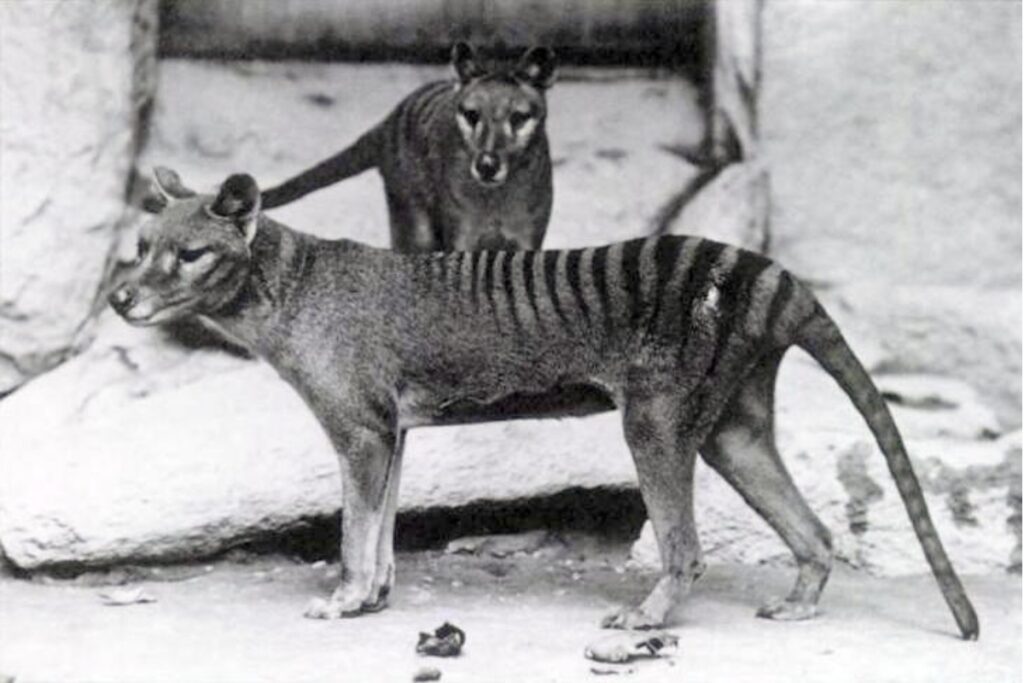
Images of extinct animals can be a reminder of the delicate balance in nature—and how easily it can be disrupted. These creatures once roamed, swam, and flew across Earth, and their stories invite us to imagine the wonder they might still bring had they survived.
1. Quagga: A Striped Mystery
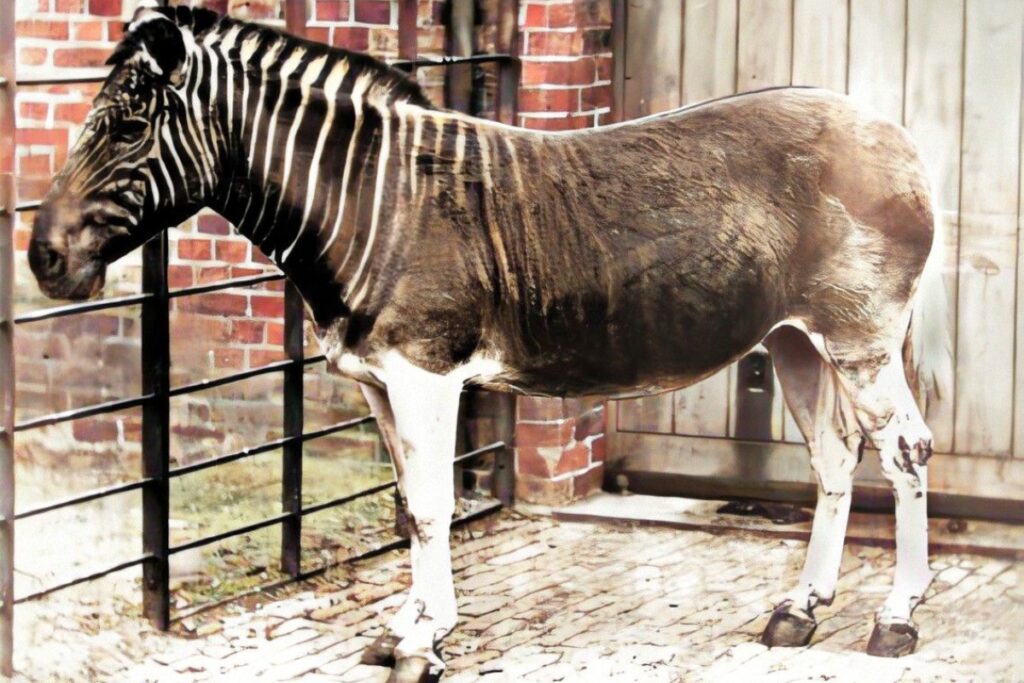
The quagga, a relative of the zebra, was distinct for its half-striped, half-brown coat—a feature that gave it an unusual, almost unfinished look. Native to South Africa, quaggas roamed the grasslands in large herds, mingling with other grazing species. Though they were initially abundant, European settlers overhunted them in the 19th century, driving the quagga to extinction in just a few decades.
2. Great Auk: A Wingless Wanderer
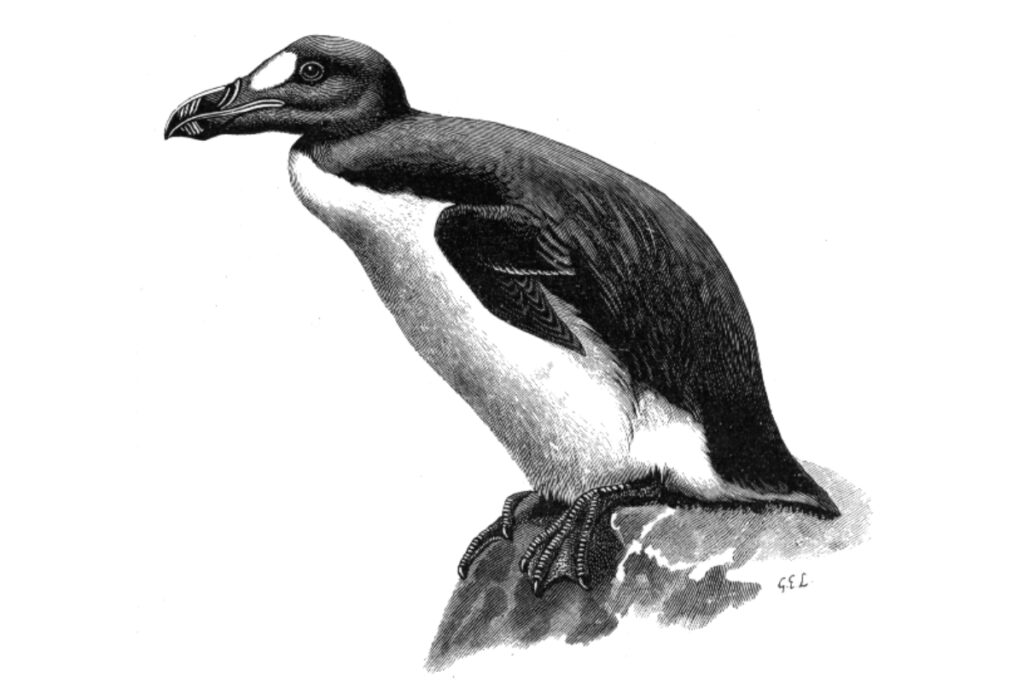
Great auks were flightless birds adapted for life on North Atlantic coasts, where they used their short wings to dive and hunt fish. Resembling penguins, they lived in dense colonies and were vital to coastal ecosystems. Tragically, centuries of hunting for their feathers, meat, and oil wholly eviscerated the species—a cautionary tale of the human impact on seabird populations.
3. Pinta Island Tortoise: Lonesome George’s Legacy
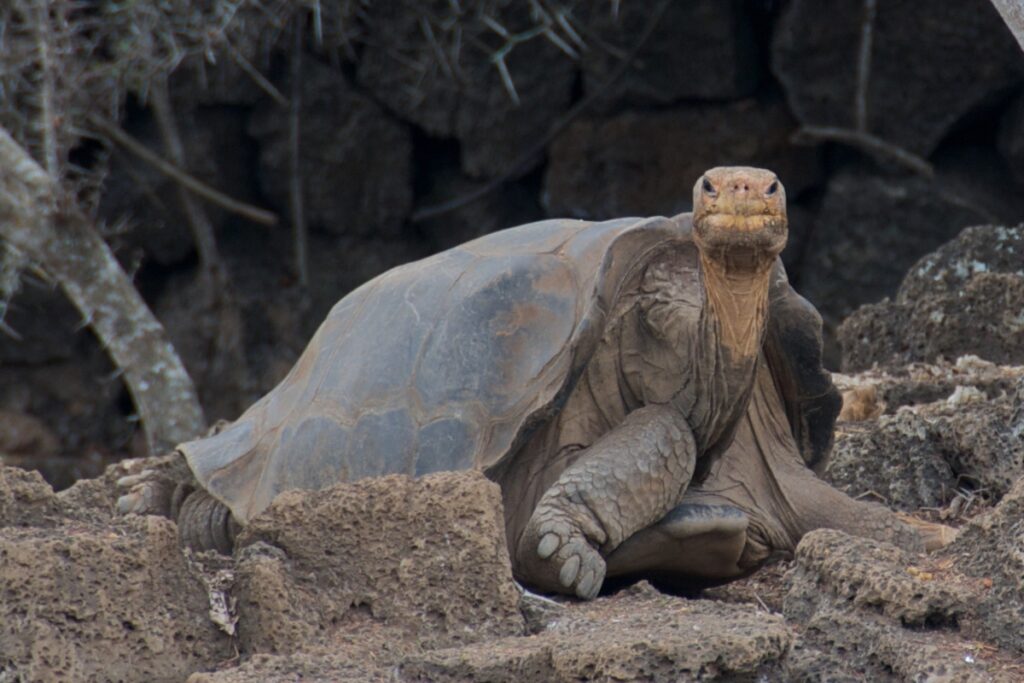
Once common across the Galápagos Islands, Pinta Island tortoises were gentle giants with domed shells that evolved to fit their island habitats. Lonesome George, the last of his kind, lived alone for decades after invasive species and hunting wiped out his species’ population. His quiet life and passing in 2012 became a global symbol for the conservation of endangered species and the importance of balanced ecosystems.
4. Passenger Pigeon: Gone in a Flock

Passenger pigeons once filled North American skies with flocks that stretched for miles, and their numbers were estimated to be in the billions. These blue-gray birds, known for their synchronized flight patterns, played a critical role in forest ecology by dispersing seeds. Overhunting and habitat destruction, however, led to their shockingly rapid extinction by 1914, when the last pigeon, named Martha, died.
5. Thylacine: The Vanished Tiger Wolf

The thylacine, often called the Tasmanian Tiger, combined features of a wolf, tiger, and kangaroo. With a slim build, a long snout, and a striped back, these carnivorous marsupials were natural hunters that adapted well to various Australian and Tasmanian habitats. European settlers fearing for their livestock pushed the thylacine to extinction by the early 20th century, erasing one of the most unique predators from Earth.
6. Caribbean Monk Seal: Empty Shores

The Caribbean monk seal, a social and gentle marine mammal, inhabited the warm waters of the Caribbean and the Gulf of Mexico. Known to swim in colonies and rest along tropical shores, they were hunted to extinction in the 1950s for their blubber, which was used in oil production. Without conservation protections in place, their populations dwindled—a tragedy that shows just how important safeguards for marine species are.
7. Pyrenean Ibex: A Brief Return

The Pyrenean ibex, native to the rugged Pyrenees mountains between France and Spain, was well adapted for high-altitude life with curved horns and a nimble build. The last individual died in 2000, but an attempt to clone the species in 2009 briefly brought it back. Though the clone survived only a few minutes, it symbolized hope for biodiversity restoration, even if many barriers remain to reintroducing lost species.
8. Heath Hen: One Last Dance

Heath hens, once common along the American East Coast, were plump, turkey-like birds with vibrant, orange-brown necks. Known for their spirited mating dances, they thrived in open grasslands but suffered heavily from hunting and habitat loss. By 1932, when the last known male disappeared, the species went extinct—another haunting reminder of the impact of unchecked exploitation on American wildlife.
9. Steller’s Sea Cow: Too Easy a Target
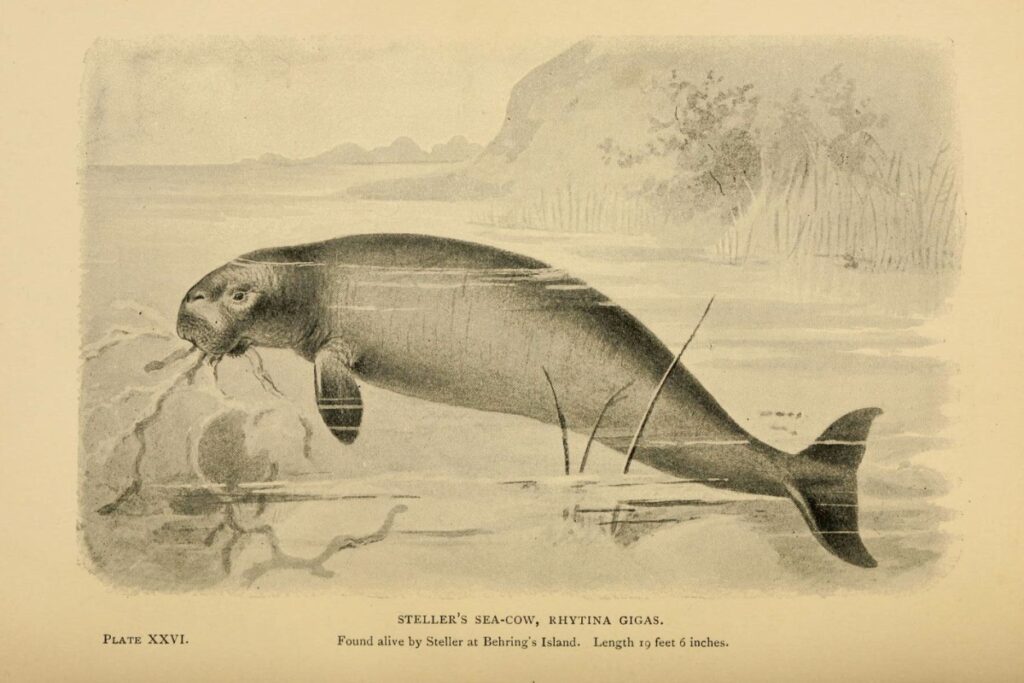
Steller’s sea cow was a gentle herbivore that roamed the cold waters of the North Pacific, feasting on kelp and various seagrasses. Almost twice the size of modern manatees, it was an easy target for hunters, who quickly drove it to extinction just 27 years after its discovery in the 1700s. The peaceful grazer’s disappearance is a shocking example of the consequences of overhunting easy prey.
10. Smooth Handfish

The smooth handfish thrived in the waters around Australia two centuries ago. Unfortunately, in 2020, the species was reported to be extinct. They were named for their hand-like appendages. Their cousin, the spotted handfish, still lives on.
11. The Northern White Rhino
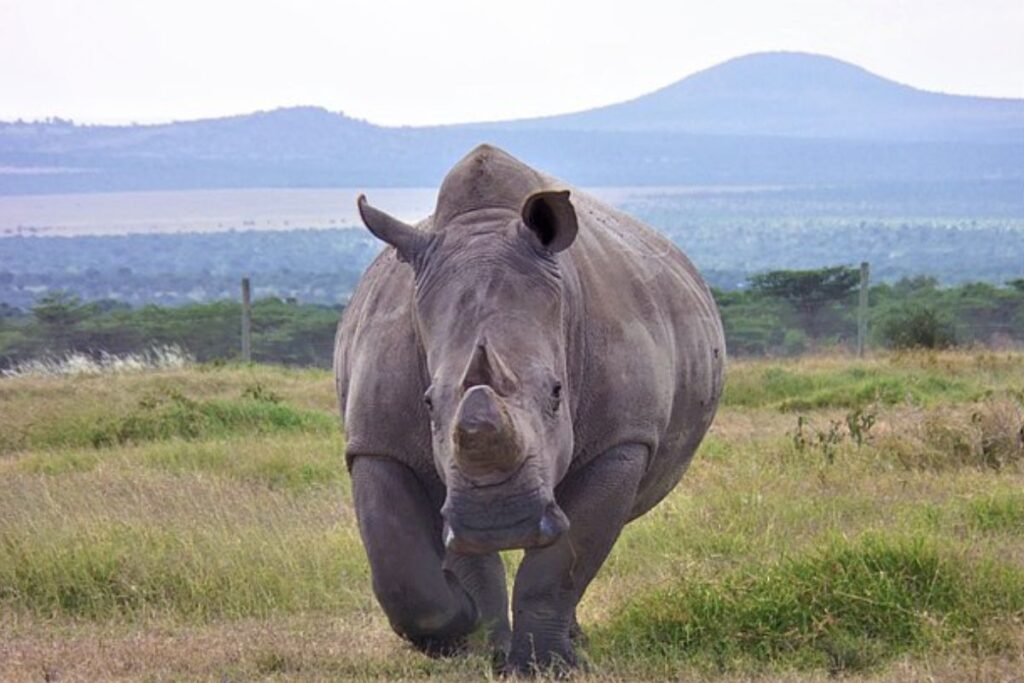
The northern white rhino only has two existing individuals in the world. Sadly, both of them are female, which means they have no way of reproducing and will soon be extinct without human intervention. Scientists plan on trying in vitro fertilization, but nobody knows if it will be successful.
12. Zanzibar Leopard

The Zanzibar leopard had odds against it from the start. Its cousin, the leopard we know very well, was aggressively hunted because of superstition that they were ‘witches’ pets. There are unconfirmed sightings occasionally, but whether there’s validity to them is up in the air.
13. West African Black Rhino
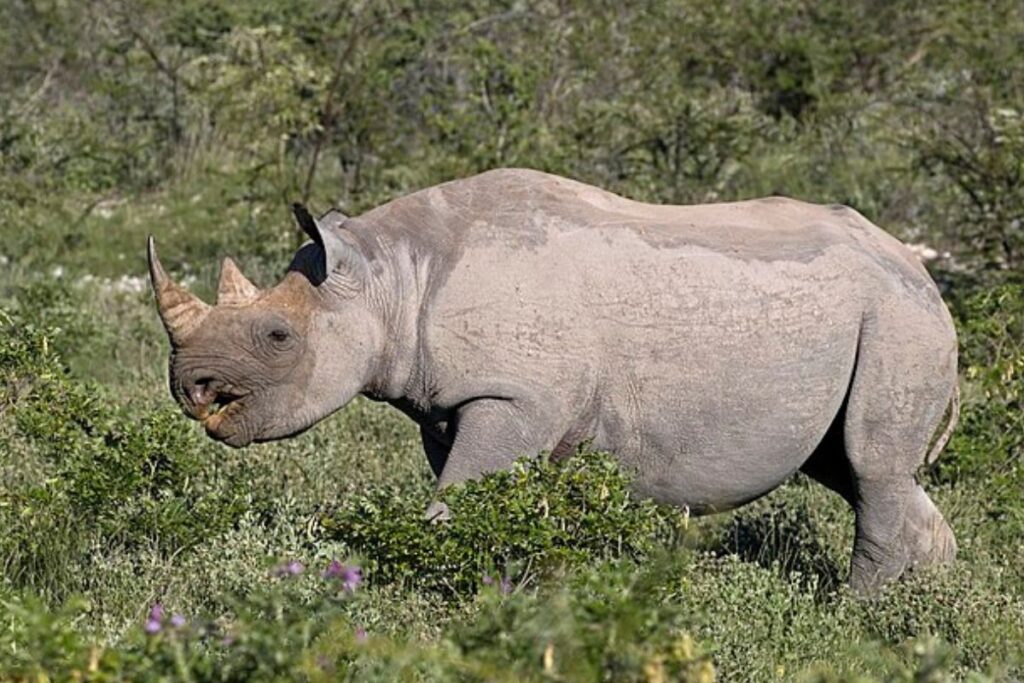
In 2006, the West African black rhino was reported to be extinct after none of its kind could be found in its last known habitat in Cameroon. The animal was poached excessively due to the value of ivory in certain countries.
14. Javan Tiger
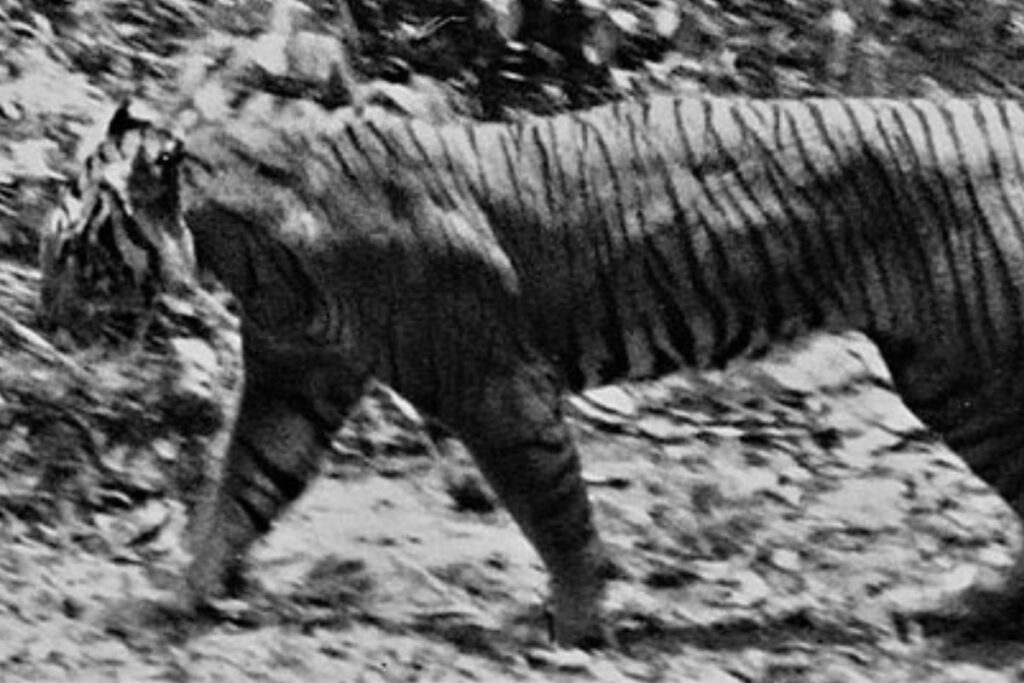
The Javan Tiger thrived on the island of Java in Indonesia, but since they were considered a pest, their numbers slowly dwindled. By the 1950s, only a handful of Javan Tigers were left on the island. They ultimately faced extinction when their habitat was destroyed.
Source:
23 Extinct Animals We’ve Lost in the Past 150 Years
Stay connected with us for more stories like this! Follow us to get the latest updates or hit the Follow button at the top of this article, and let us know what you think by leaving your feedback below. We’d love to hear from you!







